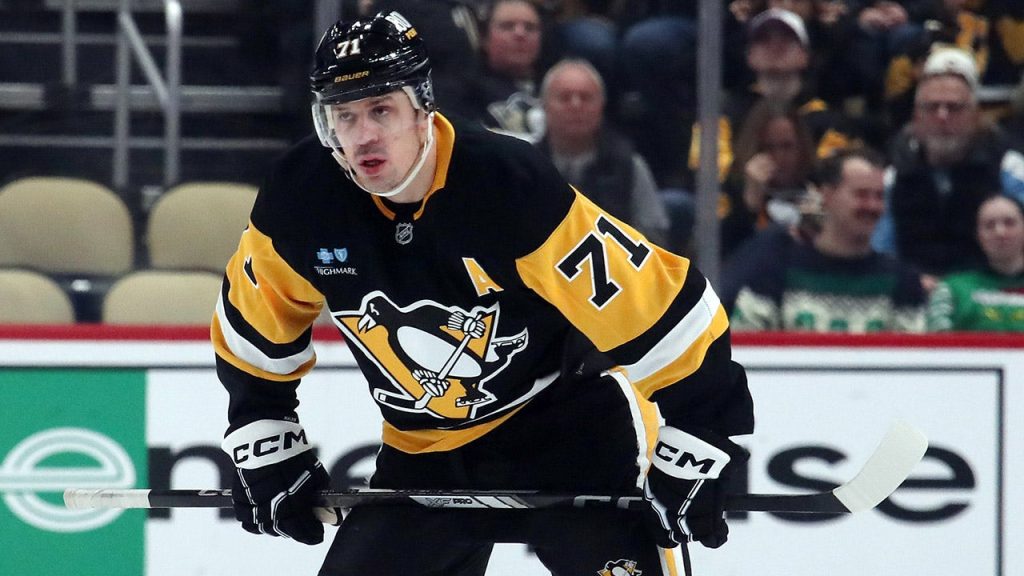The recent burglary of Pittsburgh Penguins star Evgeni Malkin’s home, where his three Stanley Cup rings were stolen, underscores a troubling trend of professional athletes being targeted by organized crime. This incident, occurring while the Penguins were playing the Ottawa Senators, highlights the vulnerability of athletes even when their schedules are public knowledge. While Malkin was sidelined with an injury during the game, the burglars exploited the opportunity to breach his home, reportedly gaining access due to a deactivated security system and an open safe. The Penguins organization, respecting Malkin’s request for privacy, has pledged cooperation with authorities and team security in the investigation. This incident adds Malkin to a growing list of high-profile athletes who have fallen victim to such crimes, raising concerns about the effectiveness of current security measures and the need for increased vigilance.
The targeting of Malkin follows a pattern identified by the FBI, which linked a string of similar burglaries to South American organized criminal groups. These sophisticated operations utilize advanced surveillance techniques, both physical and technological, to meticulously plan their heists. Leveraging social media, these groups monitor athletes’ public appearances, travel schedules, and social activities to determine the optimal time to strike when their homes are unoccupied. This calculated approach allows them to bypass security measures and execute swift, efficient burglaries, often targeting valuable items such as jewelry, cash, and memorabilia. The increasing frequency and sophistication of these crimes necessitate a proactive response from law enforcement and sports organizations to protect athletes from becoming victims.
The FBI’s warning to professional sports leagues in November 2023 regarding this escalating threat prompted both the NFL and NBA to issue memos to teams emphasizing the importance of enhanced home security measures. These memos likely outlined best practices for security systems, recommended vigilance in social media usage, and potentially advised players to consider employing private security services. However, despite these warnings and the heightened awareness, the burglaries have continued, demonstrating the persistent challenge posed by these organized crime groups. The fact that athletes, despite their public profiles and access to resources, remain vulnerable highlights the urgent need for more robust preventative measures and collaborative efforts between law enforcement and sports leagues.
The list of athletes targeted in recent months includes prominent figures from both the NFL and NBA. Kansas City Chiefs stars Patrick Mahomes and Travis Kelce experienced break-ins in October 2023, while Cincinnati Bengals quarterback Joe Burrow’s home was targeted in December during a game against the Dallas Cowboys. In the NBA, Minnesota Timberwolves player Mike Conley Jr.’s home was burglarized while he attended a Minnesota Vikings game in September, and Milwaukee Bucks forward Bobby Portis suffered a similar incident in November. Adding to this growing list, Dallas Mavericks star Luka Dončić’s home was burglarized at the end of December, just weeks before Malkin’s incident. These repeated occurrences underscore the widespread nature of the problem and the need for a comprehensive approach to address it.
The repeated targeting of athletes’ homes, despite their often high-profile locations and security systems, suggests a potential gap in security protocols. The fact that Malkin’s security system was down and his safe was open during the robbery raises questions about the diligence in maintaining and utilizing these protective measures. While the circumstances surrounding these lapses remain unclear, they highlight the importance of regularly testing and updating security systems, as well as adhering to security best practices such as securing valuables in safes and being mindful of information shared on social media. Athletes, their families, and their support teams need to be consistently vigilant in maintaining security protocols to minimize the risk of becoming targets.
The increasing frequency of these burglaries targeting high-profile athletes demands a multi-pronged approach to address the issue. Law enforcement agencies must prioritize investigations into these organized crime groups and collaborate with international authorities to disrupt their operations. Sports leagues and teams should provide comprehensive security education and resources to players, including guidance on social media usage, security system best practices, and the potential benefits of hiring private security. Furthermore, athletes themselves must remain vigilant about their personal security practices, being mindful of their online presence and ensuring the consistent functionality of their home security systems. By working together, law enforcement, sports organizations, and athletes can create a more secure environment and mitigate the risk of future burglaries.

